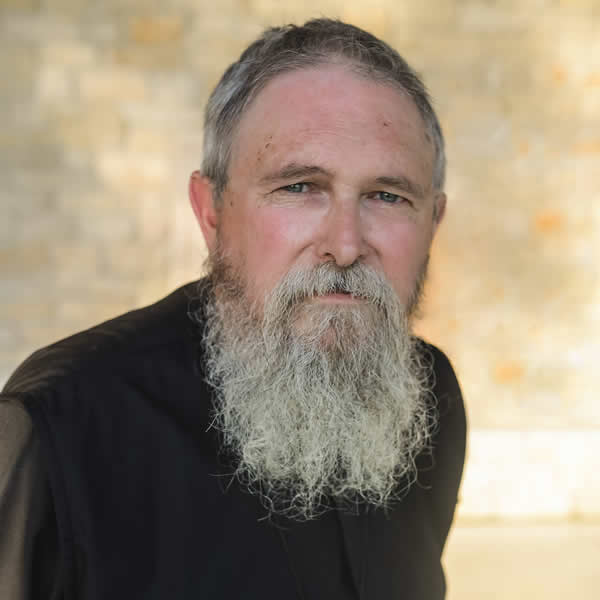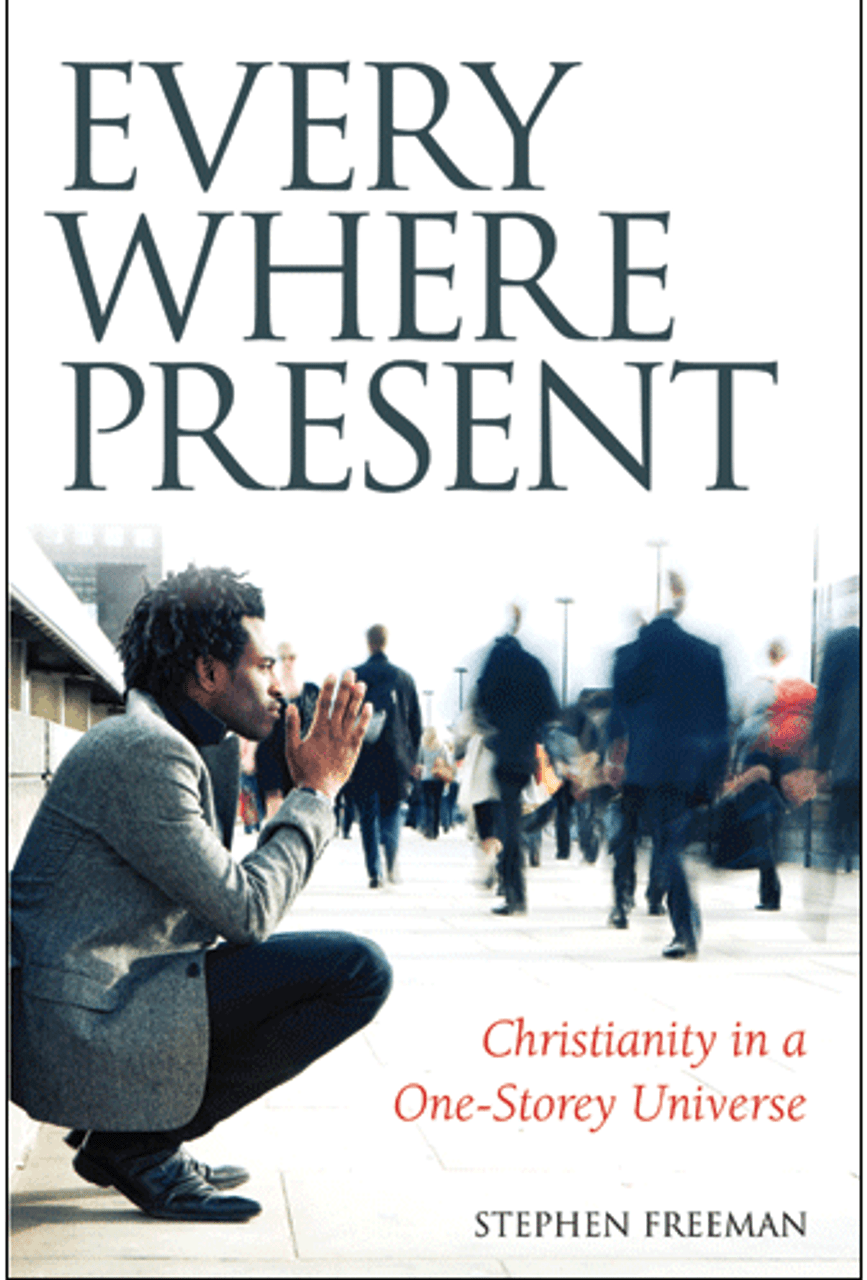I posted yesterday on the “texture of life,” noting that there is a richness to our lives that cannot be reduced and which seems to have an inherent tendency to reach towards wholeness – for life itself. I concluded with the observation that this texture is an echo of Pascha sounding its way through all creation.
I want to turn the same observations towards the Kingdom of God – which Christ taught us was already among us, or “within us.” He Himself brought that very Kingdom into our midst. Wherever He went the signs of the Kingdom followed: the blind received their sight, the lame walked, the lepers were cleansed, the dead were received back to life, and the poor had good news preached to them. How do you measure the gift of sight to a blind man, or the joy of a family who receives back into its midst one whom they thought dead?
The Orthodox Tradition, which is often described by many as “mystical,” is not “mystical” in any sense of “esoteric” or “strange.” Such adjectives for the faith are simply a reaching for words to describe a reality that is richer than any merely rational scheme or metaphysical explanation. It is the largeness of a Kingdom that cannot be described or circumscribed, and yet is found in the very heart of the believer. What words do we use to describe something which dwarfs the universe and yet dwells within us?
It is the texture of depth – or to use St. Paul’s expression: “For I am persuaded that neither death nor life, nor angels nor principalities nor powers, nor things present nor things to come, nor height nor depth, nor any other created thing, shall be able to separate us from the love of God which is in Christ Jesus our Lord” (Romans 8:38-39). This is not merely a statement that nothing has the power to separate us from God, but that nothing has such height or depth as the love of God. It is a rich mixture of images – from the measurement of space, to the angels of heaven, to the elements of time – nothing reaches to the end of the love of God – the very stuff of His Kingdom.
It is for such reasons that I always find myself repelled by efforts to reduce doctrine to simplified formulas. Doctrine – the teaching of the faith should not reduce our understanding but enlarge it – to the very point of silence – and beyond. It is why it is so frustrating to try and explain icons. No one has an argument with the presence of words in the Church – the icons do the same things words do – only with color and in the language of silence. I can enter the Church, remain in silence and yet see (and hear!) something other than the incessant chatter of my own mind. The icons speak with the texture of the Kingdom – opening windows and doors that transcend every height and depth, things present and things to come.
Strangely, they open windows and doors into the heart, as do the words of Scripture and the rhythms of the Liturgy, all of them echoing the texture of the Kingdom, which, finally, is the very texture of our existence.







Leave a Reply